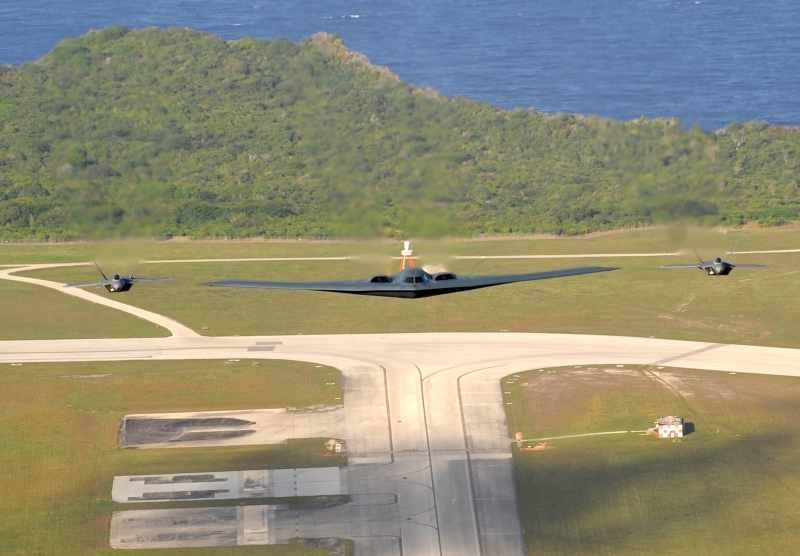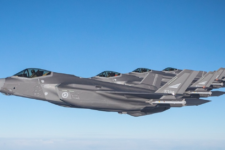
Guam is vital to the long-term strategy for US INDO-PACOM command. (US Air Force)
WASHINGTON: House Appropriators are threatening to cut off funding for the Guam-based missile defense program, while increasing overall defense procurement spending in favor of research dollars.
The House Appropriations Committee will meet Tuesday to discuss and mark up its version of the defense budget, but a preliminary version calls for cutting research, defense test and evaluation (RDT&E) funding by almost $1.6 billion and plugging another $1.74 billion towards procurement needs. The HAC-D also seeks to cut $487 million from personnel costs and add $696 million to operations and maintenance accounts.
Overall, the committee’s bill would shave $258 million off the $706.6 billion sought for the defense department by the Biden administration.
Stripping the funding for an Aegis Ashore system in Guam would be a major blow to US Indo-Pacific Command, which has made the development of that system a key part of its future planning. Adm. Philip Davidson, who was INDO-PACOM commander until April of this year, first pushed the Guam defense system in a congressionally-mandated 2020 request, and spent much of the last year talking it up as vital.
Harry Harris, Davidson’s predecessor at INDO-PACOM, argued in a Breaking Defense editorial last week that not only is a missile defense network of Guam important, but the current plans do not go far enough.
“While choosing the right system is challenging, it’s a nice problem to have,” Harris wrote. “I am not advocating for any specific system, but I am emphasizing the need to get on with it and for Congress to allocate funds for the Pacific Deterrence Initiative.”
Committee members indicated that their concerns about Guam are less with the concept of the system and more with the fact DoD has not provided the information members feel they need to support it.
“The fiscal year 2022 budget request includes $118,300,000 for the initial development of survivable and operationally effective integrated air and missile defense for Guam,” the report reads. “While supportive of the defense of Guam from ballistic, hypersonic and cruise missile threats, the Committee notes that the report on the defense of Guam from integrated air and missile threats, required by the National Defense Authorization Act for Fiscal Year 2022, has not yet been submitted to the congressional defense committees.”
“Additionally, the lack of detailed information on the budget request, especially the request for $40,000,000 in procurement, is troubling. Therefore, the Committee has denied funding for procurement and reduced the amount recommended for [RDT&E] until the Department submits the required report and adequate budgetary information for the Committee to make informed funding decisions on these efforts.”
That last part does give DoD an opportunity to make its case to the members, and could be a sign that HAC-D is more interested in sending a warning shot to Pentagon planners over this than really blocking the effort, which has seen public support from key members of both the House and Senate Armed Services Committees.
The top line procurement changes included in the report
- The Army gets an extra $34.2 million, driven by a decrease in tracked vehicles and an increase in aircraft
- The Navy loses $193.9 million in procurement, but both aircraft and ship accounts are plussed-up
- The Air Force is increased by $578 million, driven primarily by aircraft increases
- The Space Force procurement account is decreased by $25 million.
Keep an eye on BreakingDefense.com for more stories from the report.
Out of INF, Army deploys Typhon weapon to the Philippines
“This is a significant step in our partnership with the Philippines, our oldest treaty ally in the region,” said Brig. Gen. Bernard Harrington, commanding general of the 1st MDTF.


























